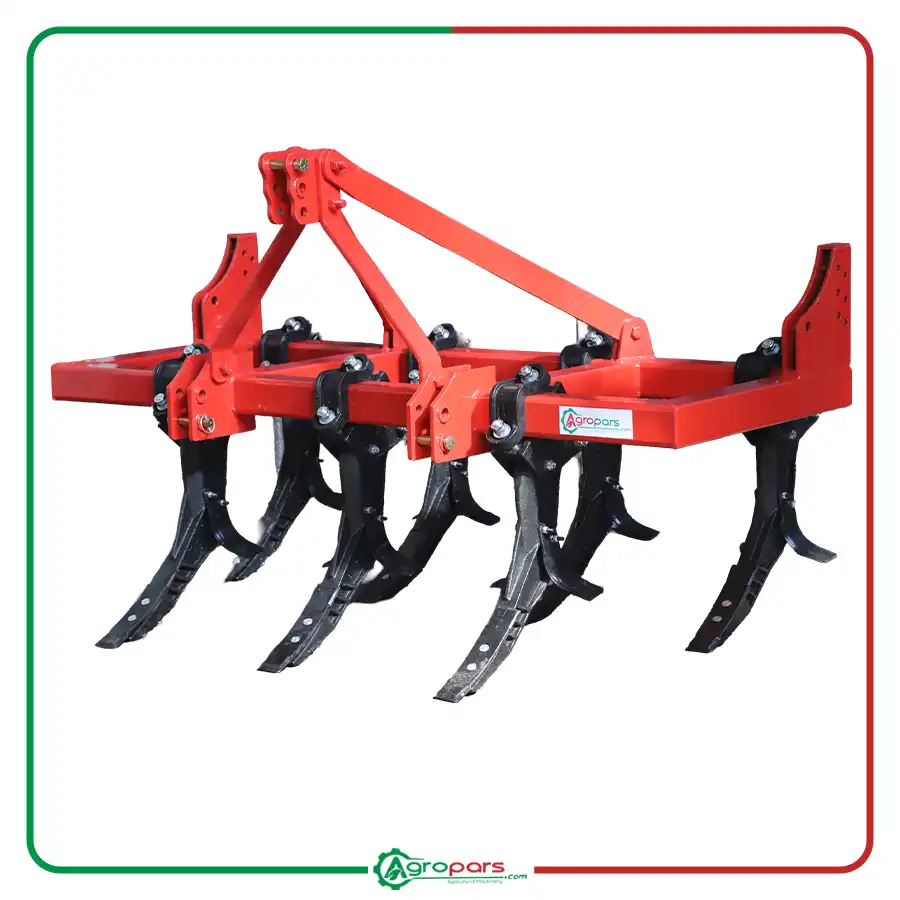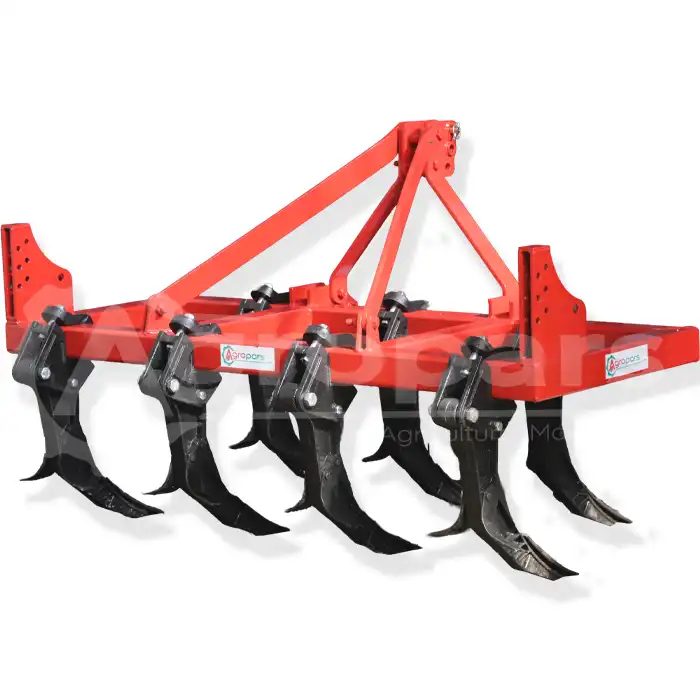A Novel Approach to Sustainable Agriculture
In today’s world, with a growing population and an increasing need for food security, sustainable and efficient agriculture is of paramount importance. One innovative method in this regard is the use of a chisel in tillage. The chisel, as a conservation tillage tool, helps improve soil structure, increase water and air infiltration, and reduce soil erosion by creating grooves in the soil without inverting it. This article provides a comprehensive examination of the impact of chisels on the growth and performance of various crops.

What is a Chisel and How Does it Work?
A chisel is a tool attached to a tractor that improves soil aeration by breaking up compacted layers and creating deep grooves in the soil. Unlike traditional plows, the chisel does not turn the soil over and preserves plant residues on the soil surface. This helps reduce soil erosion, conserve moisture, and increase soil organic matter.
Impact of Chisels on Soil Properties:
- Improved Soil Structure: The chisel improves soil aeration and increases water and air infiltration into plant roots by breaking up hard soil layers.
- Increased Water Infiltration: Creating grooves in the soil with a chisel increases rainwater and irrigation water infiltration and prevents surface evaporation.
- Reduced Soil Erosion: Preserving plant residues on the soil surface with a chisel prevents soil erosion by wind and water.
- Soil Moisture Conservation: By reducing surface evaporation and increasing water infiltration, the chisel helps conserve soil moisture.
- Increased Soil Organic Matter: Over time, preserving plant residues on the soil surface increases soil organic matter and improves its fertility.
Impact of Chisels on Crop Growth and Performance:
- Increased Root Growth: Improved soil structure and increased water and air infiltration promote better and deeper root growth.
- Increased Nutrient Uptake: Healthy and strong roots can better absorb nutrients from the soil.
- Increased Crop Yields: Improved plant growth and nutrition lead to increased crop yields.
- Reduced Production Costs: Reduced need for multiple plowing, reduced fuel consumption, and reduced soil erosion lead to lower production costs.
- Impact on Various Crops:
- Cereals: Chisel helps improve the performance of wheat, barley, and corn.
- Legumes: Chisel increases the performance of peas, beans, and lentils.
- Vegetables: Chisel helps improve the growth and performance of tomatoes, cucumbers, and watermelons.
Benefits of Using a Chisel:
- Reduced soil erosion
- Soil moisture conservation
- Improved soil structure
- Increased crop yields
- Reduced production costs
- Reduced soil compaction

Conclusion:
The use of chisels in agriculture, as a conservation tillage method, has numerous benefits for soil and crops. By improving the physical and chemical properties of the soil, this method helps increase the growth and performance of various crops. Given the importance of sustainable agriculture, the use of chisels can be considered an effective solution to conserve soil resources and increase productivity in crop production.






